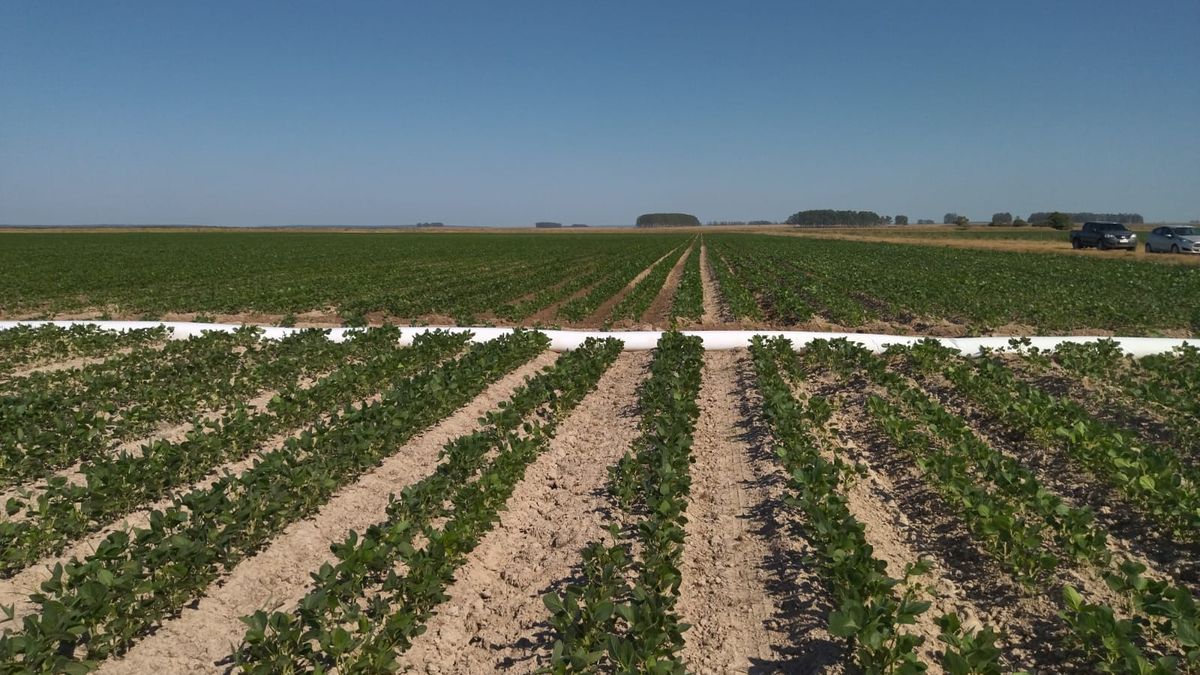The great supply of soybeans in the market America is putting downward pressure on its values. “The grain market has been showing a scenario of lower prices, in almost all crops, The market is being pressured by an important supply, especially due to the important harvest that is going to be in the Mercosur”, explained Fernando Villamil, director of Agrosud to Added Value.
In that sense, he commented that a harvest of soy in Argentina of 50 million tons, which would double its previous harvest. Meanwhile, it is expected that Brazil harvest a total of 150 to 160 million tons. With this, both offers will put pressure on the market.
Meanwhile, the market Chicago indicated a soy on the axis of 435 dollars per ton. This, according to Villamil, means that “we must moderate our expectations with the price for this first half of the year, then it will depend on the weather and the sowing of the crop.” soy “American.”
As to China, The expert assured that the Asian giant “has been making slower purchases for several weeks.” “We should not expect big movements in the market, What can vary is that the size of the offer is not what is expected here in the south,” he added.
The agricultural sector aims to achieve a production of 3 million tons of soybeans
He agricultural sector aims to once again produce 3 million tons of soy, in a context of falling international prices and after a year where exports of the product fell sharply due to the impact of the drought.
Looking ahead to 2024, the agro maintains good expectations and aspires to reach that figure, at a time when between 10 and 15% growth is expected with respect to the last harvest, in which 1.23 million hectares were planted according to data from Urupov.
Although official data show that the surface area of the oilseed in Uruguay It is 1.06 million hectares, in the sector they believe that this number will be higher and may reach 1.25 million.
The director of the Las Lechuzas agricultural company and advisor in Durazno, Nicolás Naredo, told Revista Verde that soybeans, both first and second sown on spring rapeseed “are the crops that come better.”
In dialogue with the same medium, Diego Guigou, agricultural production manager at ADP, admitted that the delay in sowing causes a lower yield potential, which is why he points to an improvement in productivity.
“Although an important part of the soybean area was planted later, the rainy prospects encourage good productivity and will be the one that will have to pay for the drop in grain prices, which is worrying,” said Guigou.
Source: Ambito




